
2020/8/21 Terence Bell. Updated on August 21, 2020. Metallurgical coal, also known as coking coal, is used to produce coke, the primary
获取价格
2023/1/19 Coking. Coking coal is an essential raw material for the production of iron and steel. Coke is a solid carbonaceous residue formed from coking coal (a low-ash, low
获取价格
2021/10/1 In the coking process, the properties of coking coal, ... During industrial coke production, the raw coal moisture content is generally maintained between
获取价格
1. Introduction. Coal resources have a pivotal position in China [1], of which coking coal is an important energy source in China's industrial field.Although China has abundant
获取价格
NS), bituminous coal (C 18 H 14 O) and anthracite coal (C 45 H 29 O 2 NS) [50–53]. Coking Coking coal is an essential raw material for the production of iron and steel.
获取价格
Demineralization of low grade coal – A review. Pratima Meshram, ... B.D. Pandey, in Renewable and Sustainable Energy Reviews, 2015 1.2 Coking and non-coking coals.
获取价格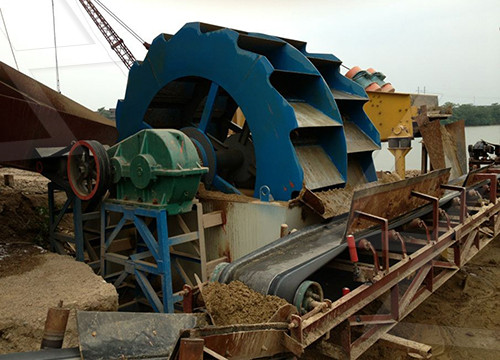
2023/10/31 A novel coking wastewater treatment technique is proposed based on the principles of the circular economy. By utilizing coal as an adsorbent for organic pollutants in coking wastewater, the treated
获取价格
2023/10/24 Bituminous coal is the most abundant rank of coal found in the United States, and it accounted for about 46% of total U.S. coal production in 2022. Bituminous coal is used to generate electricity and is an important fuel and raw material for making coking coal for the iron and steel industry. Bituminous coal was produced in at least 16
获取价格
A coke oven at a smokeless fuel plant, Abercwmboi, South Wales, 1976. The industrial production of coke from coal is called coking. The coal is baked in an airless kiln, a "coke furnace" or "coking oven", at
获取价格
All coals, regardless of whether they are caking or coking coals, leave a solid carbonaceous residue at the end of the carbonization process. Chars, if heat-treated to extreme temperatures, e.g. ≥2500 °C, do not form graphite, while cokes do.
获取价格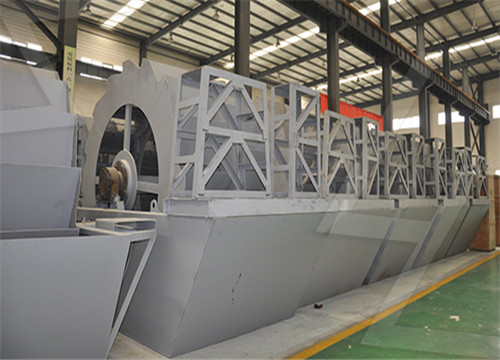
2023/6/22 Coking coal (Fig. 1) is the feed coal with certain caking property that can be coked under coking conditions and used to produce coke with certain quality.The coking coal is transformed from a large number of plant remains buried underground hundreds of millions of years ago after complex biochemical, geochemical, and physicochemical action.
获取价格
Bituminous coal was formed under high heat and pressure. Bituminous is the most abundant coal rank found in the United States. Bituminous coal accounted for about 46% of U.S. coal production in 2022. Anthracite contains 86%–97% carbon and has a heating value that is slightly higher on average than bituminous coal. Anthracite is the least ...
获取价格
2021/6/29 Coking coal, generally known as metallurgical coal, is a naturally occurring sedimentary rock. When heated, coking coal creates coke, which is a key material for the production of ste... "Lorem ipsum dolor sit amet, consectetur adipiscing elit, sed do eiusmod tempor incididunt ut labore et dolore magna aliqua.
获取价格
2023/10/31 conducted using lignite, coking coal, and anthracite as adsorbents. Both coking coal and anthracite showed favorable adsorption properties for the chosen contaminants. The experimental data were analyzed utilizing various models, including pseudo-first-order and pseudo-second-order kinetic equations, as well as intraparticle
获取价格
Use of coking coal:-Coking coal, also known as metallurgical coal or cooking coal, is primarily used in the iron and steel industry for the production of coke. Coke is a crucial material and serves various purposes in the steelmaking process. Here are the main applications of coking coal: Coke Production: The primary use of coking coal is in ...
获取价格
2023/1/5 Metallurgical coal (also called "met" coal) is an important raw material used in the steel-making process, although very small amounts of coal (relative to the amount used for electricity) are needed. The coal used to make steel is heated without air in an oven at temperatures of as much as 2,060°F (1,125°F), until most of its volatile matter is
获取价格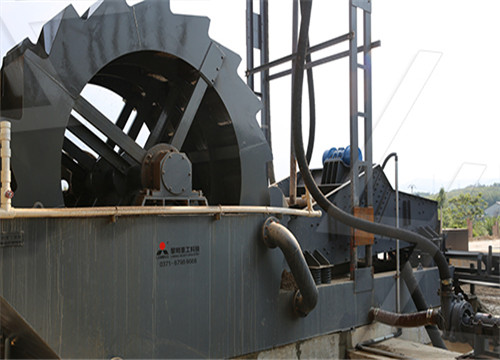
2021/5/11 In recent times, coal production has been increased multiple times as the demand for steel and energy increased. ... (Benusa and Klima 2009) also carried out similar research investigations on anthracite coal and reported ash reduction to 37.9% from 71% in the feed at a yield of 23.1%. Richards ... Process flowsheet of a typical coking coal
获取价格
2021/9/1 Coking vs. Steam: Coking coal, also known as metallurgical coal, has low sulfur and phosphorus content and can withstand high heat.Coking coal is fed into ovens and subjected to oxygen-free pyrolysis, a process that heats the coal to approximately 1,100 degrees Celsius, melting it and driving off any volatile compounds and impurities to
获取价格
2022/7/21 For coking coal, the Production Gap report estimated 0.645 (64.5%) of the carbon dioxide should be "excluded", meaning these emissions will be counted in the process fuel or industrial category (e.g. metallurgic coke used in iron and steel production) rather than as power sector emissions.
获取价格
2023/11/1 Not only is bituminous coal essential for electricity generation, but it also serves as a key component in the production of coking coal. Coking coal is a vital ingredient in the iron and steel industry, where it is used in the process of producing steel from iron ore. The high carbon content and heating value of bituminous coal make it an ...
获取价格
2021/5/11 In recent times, coal production has been increased multiple times as the demand for steel and energy increased. ... (Benusa and Klima 2009) also carried out similar research investigations on anthracite coal and reported ash reduction to 37.9% from 71% in the feed at a yield of 23.1%. Richards ... Process flowsheet of a typical coking coal
获取价格
2021/9/1 Coking vs. Steam: Coking coal, also known as metallurgical coal, has low sulfur and phosphorus content and can withstand high heat.Coking coal is fed into ovens and subjected to oxygen-free
获取价格
2022/7/21 For coking coal, the Production Gap report estimated 0.645 (64.5%) of the carbon dioxide should be "excluded", meaning these emissions will be counted in the process fuel or industrial category (e.g. metallurgic coke used in iron and steel production) rather than as power sector emissions.
获取价格
2023/11/1 Not only is bituminous coal essential for electricity generation, but it also serves as a key component in the production of coking coal. Coking coal is a vital ingredient in the iron and steel industry, where it is used in the process of producing steel from iron ore. The high carbon content and heating value of bituminous coal make it an ...
获取价格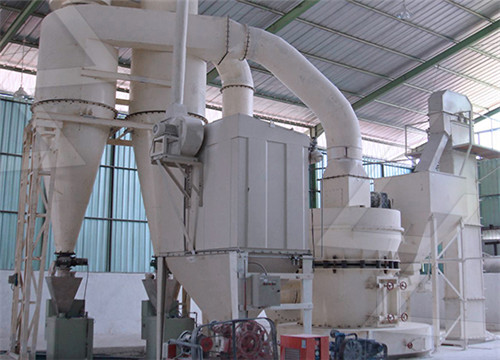
2023/12/19 Recently, world thermal coal production has fallen from 6000 Mt in 2014 to 5800 Mt in 2015, and 5400 Mt in 2016. World coking coal production fell in 2015 (and fell again in 2016) for the first time since 2002. Conversely, Mongolian coking coal production increased by 9.7 Mt to 22.8 Mt in 2016 due to increased demand from China
获取价格
2023/10/31 A novel coking wastewater treatment technique is proposed based on the principles of the circular economy. By utilizing coal as an adsorbent for organic pollutants in coking wastewater, the ...
获取价格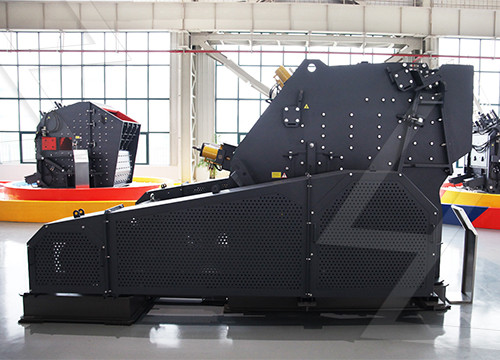
2023/11/3 In recent years, the concept of green, low-carbon and clean energy consumption has been deeply rooted in the hearts of the people, and countries have actively advocated the use of new energy. In the face of problems such as resource shortage and environmental pollution, we began to explore the use of new fuels instead of coal for
获取价格
2023/10/19 The widespread use of kerosene reduced the use of coal oil in the 20th century. Coking coal is used in large-scale industrial processes. The coal is coked, a process of heating the rock in the absense of oxygen. This reduces the moisture content and makes it a more stable product. The steel industry relies on coking coal.
获取价格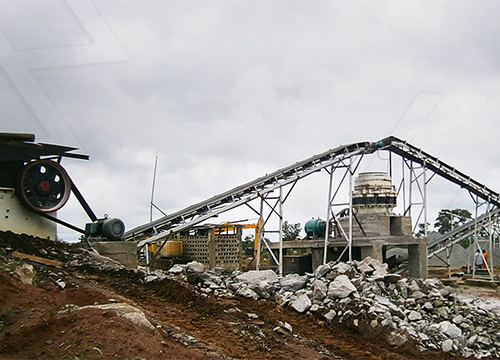
2021/10/1 In the coking process, the properties of coking coal, ... During industrial coke production, the raw coal moisture content is generally maintained between 9%–11% [18]. In fact, 2%–6% can be achieved by some moisture regulation technologies. ... WU: an anthracite coal.) (For interpretation of the references to colour in this figure legend ...
获取价格
Atrum’s flagship asset is the 100%-owned Elan Hard Coking Coal Project which is located in the Crowsnest Pass area of southern Alberta, Canada. Elan hosts large-scale, shallow, thick, Tier 1 hard coking coal (HCC) deposits of the Mist Mountain Formation. Following significant exploration and field work programs over the last three years.
获取价格
2023/4/22 Coking: The prepared coal is heated at high temperatures (up to 1100°C) in the absence of oxygen to drive off gases and impurities.This process, known as pyrolysis, results in the production of coke. Major Uses. Coking coal’s primary use is in the steelmaking process.
获取价格
NS), bituminous coal (C 18 H 14 O) and anthracite coal (C 45 H 29 O 2 NS) [50–53]. Coking Coking coal is an essential raw material for the production of iron and steel. Coke is a solid carbonaceous residue formed from coking coal (a low-ash, low-sulphur bituminous coal, also known as metallurgical coal
获取价格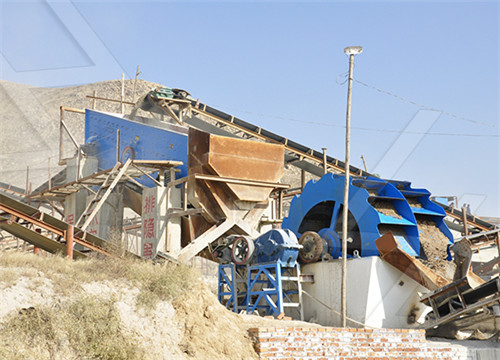
The main division is between "coking" coal and "energy or steaming" coal. Coking coals, used to make coke for use in blast furnaces, have particular properties which allow it to form a good coke when put through a coking process which involves heating in an atmosphere deficient in oxygen. ... and the mining process may remove some but usually ...
获取价格
Metallurgical coke is produced from coking coals in a coking process, which is basically the carbonization of coal at a temperature of about 1000–1100 °C in the absence of air. Production of coke takes some 18–20 h to assure that the charge is completely carbonized ( Dıez et al., 2002 ).
获取价格قواعد انتاج قوية، وفيرة الخبرة في التصنيع وفريق البحوث المهنية تساعد التنمية في عمق آلات التعدين. كلا النوعين المنتجات والنماذج قادرة على تلبية جميع مطالب في هذه الصناعة، وضمان الجودة وتسليم المعدات.
إذا كنت مهتمًا بشركتنا أو منتجاتنا ، فسيقوم موظفونا بتزويدك بإخلاص بمعلومات المنتج ومعرفة التطبيق والخدمة الجيدة.
بودونغ ، شنغهاي ، الصين